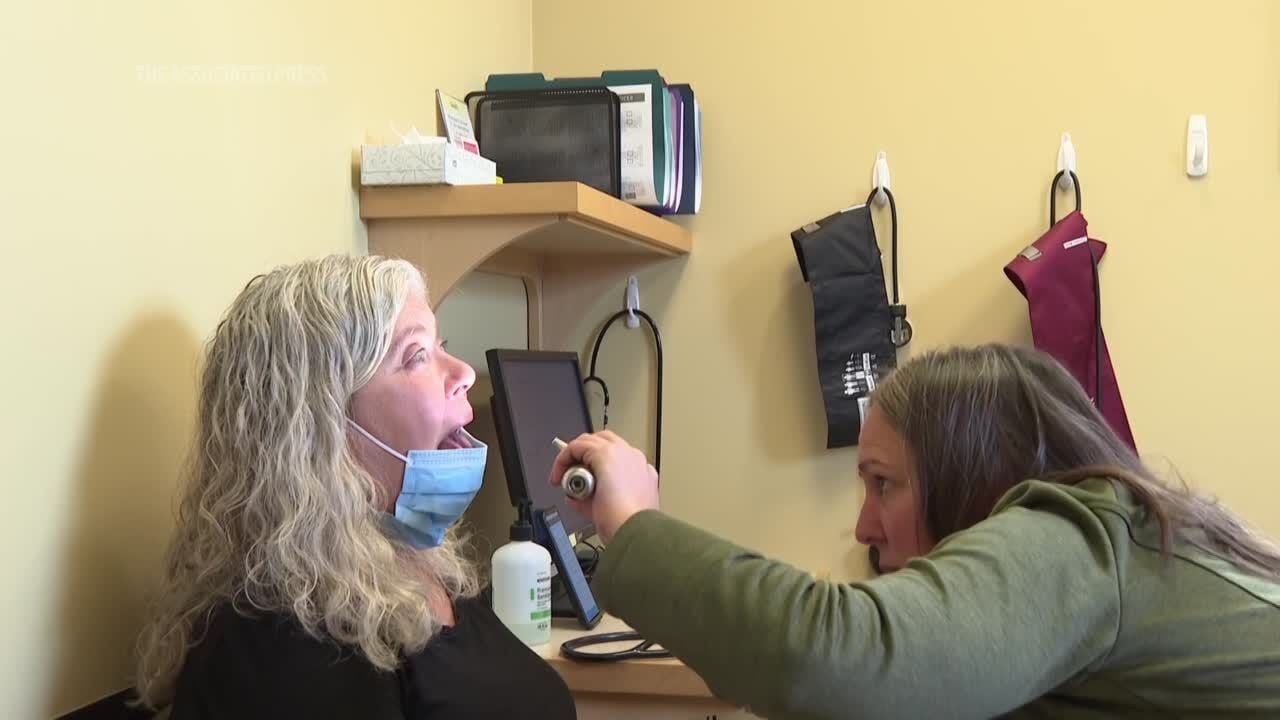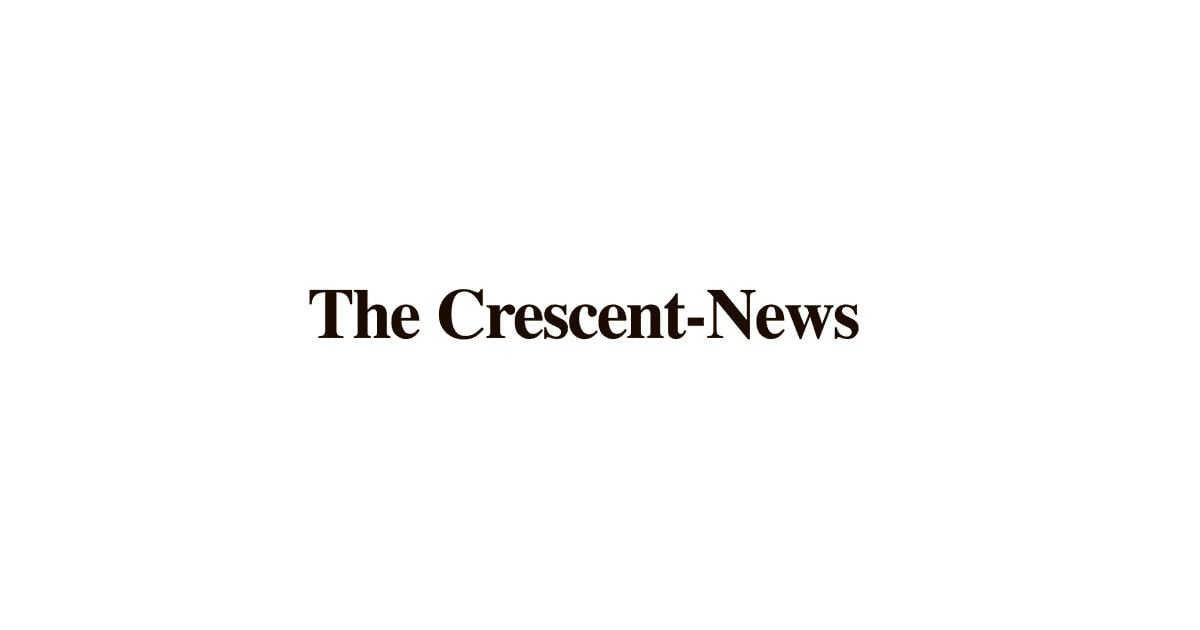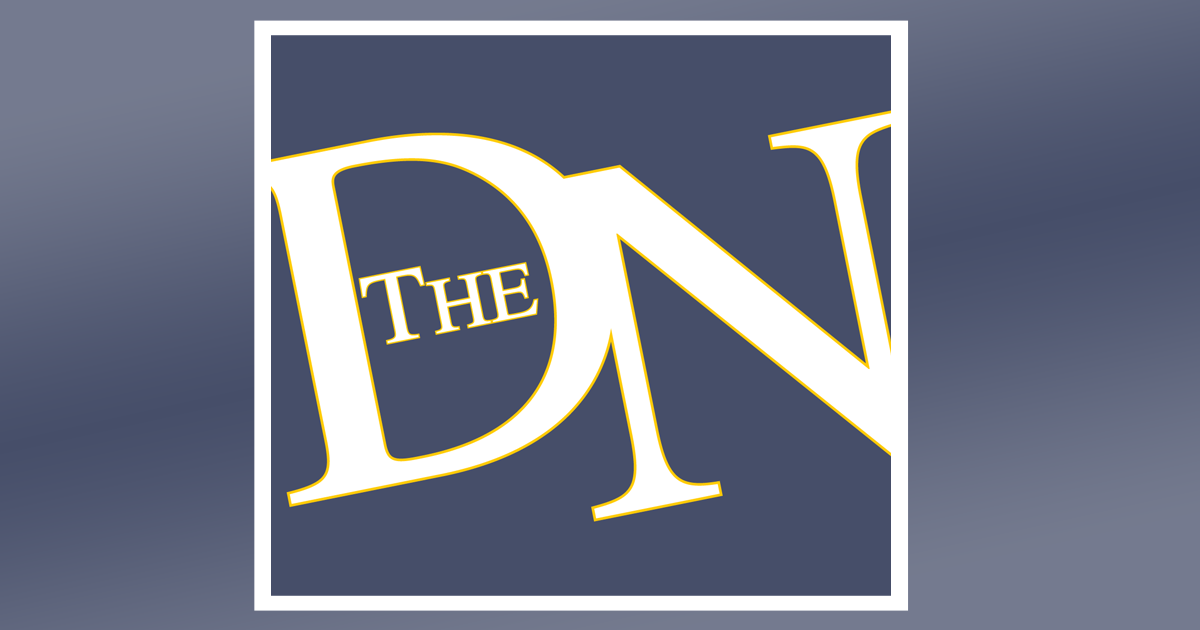A Paris-based company called Open Tools is launching a printer that defies the conventions of locked-in ink cartridges and rigid subscription plans. By embracing open-source standards, this inkjet design focuses on both repairability and total freedom in how users refill their devices.
Open Printer is a fully open-source inkjet with DRM-free ink and no subscriptions

Key Takeaways:
- The printer is fully open-source and operates with DRM-free ink
- Users can refill cartridges without subscriptions or proprietary restrictions
- The design addresses repairability and customization
- Paris-based Open Tools plans to fund the product through crowdfunding
- The aim is to disrupt traditional printer models with an accessible, user-centric approach
The Vision for a DRM-Free Printer
Open Tools, a Paris-based technology firm, aims to challenge a long-standing problem for printer owners: the inability to freely choose which ink to use. Traditionally, many printers come bundled with DRM safeguards that force users to purchase brand-specific or subscription-locked cartridges. This new “Open Printer,” however, is described as “fully open-source” with “no subscriptions,” freeing consumers from restrictive policies.
Putting Repairability First
Beyond the elimination of DRM, the Open Printer is also built for longevity. The company’s design philosophy highlights maintenance and encourages users to repair and customize their units as needed. Standardized parts and documentation for easy fixes represent a stark departure from the sealed hardware of competitor models.
The Crowdfunding Campaign
Open Tools plans to launch this device through a crowdfunding campaign, harnessing support from individuals who value open-source innovation. By inviting direct investment from a community of enthusiastic adopters, the company hopes to build momentum and showcase an alternative to the closed systems that dominate the printer market.
Potential Market Disruption
With “no restrictions on how users refill ink,” this printer challenges an industry known for tightly controlling consumables. Tech enthusiasts, DIY hobbyists, and anyone seeking greater autonomy over their devices might find the Open Printer’s model appealing. Eliminating subscription requirements could also alleviate concerns about rising costs, making the product accessible to a broader audience.
Looking Ahead
If Open Tools succeeds, it may set a precedent for other technology products that prioritize openness, repairability, and user freedom. By giving individuals the power to choose their own ink and modify the printer’s design, Open Tools not only revolutionizes how printing is done but also invites questions about what else in consumer electronics can be freed from restrictive ecosystems.











